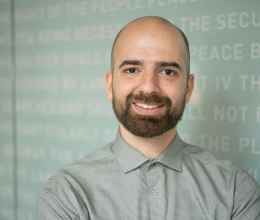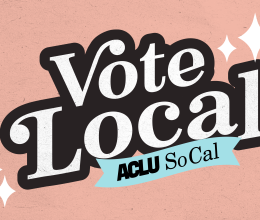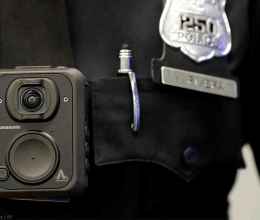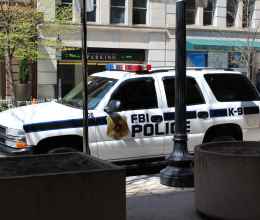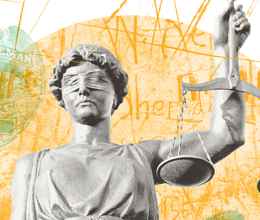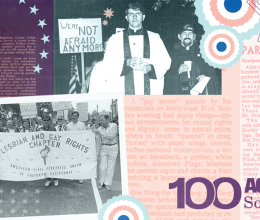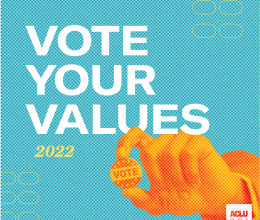Since a federal court ruled the NYPD’s practice of aggressively stopping and searching residents unconstitutional, New York Mayor-elect Bill de Blasio has been looking for someone to lead and reform the NYPD. He’s now tapped Bill Bratton, who steered the LAPD out from under a federal consent decree.
But the LAPD should not be New York’s model for stops.
More than a decade ago, concerns about racial profiling helped spur the federal government to place the Los Angeles Police Department under federal oversight, which included requirements that the department collect detailed data about its stops. The data show that, over the past decade, the LAPD’s record on the number of stops, and the racial disparities of those stops, has remained a persistent problem.
During federal oversight, an already high stop rate grew higher. In 2003, the first year after Bratton took over, the LAPD stopped 178,998 pedestrians. Pedestrian stops increased 80 percent to 274,950 by 2005, and have remained high — last year, 249,679.
These numbers, when closely scrutinized, resemble the figures that have caused such outrage in New York. The NYPD made 97,296 pedestrian stops in 2002, a number that increased under the now-repudiated stop-and-frisk tactics to a high of 685,724 stops by 2011. Though the LAPD stops a lower number of pedestrians, it polices a city with half the population of New York, and employs one-quarter the number of officers. Comparing the highest levels of pedestrian stops in Los Angeles and New York, Angelenos experienced just 15 percent fewer pedestrian stops per person than New Yorkers. Moreover, each LAPD officer, on average, actually conducted 60 percent more pedestrian stops than each NYPD officer. Accordingly, LAPD’s pedestrian stop rates are extraordinarily high relative to the NYPD’s — especially given the obvious truth that Angelenos generally walk much less than New Yorkers.
The LAPD’s stops share another troubling problem with the NYPD: the burden of pedestrian stops falls disproportionately on communities of color. In Los Angeles from 2002 to the present, stops of African Americans consistently make up about one-third of LAPD’s pedestrian stops, though African Americans make up only about one-tenth of L.A.’s population. In New York, 53 percent of the stops were of African Americans, though they make up roughly 23 percent of that city’s population.
There are aspects where the LAPD is notably different from the NYPD. Under the guidance of the Department of Justice, the federal monitor, and the federal court, the LAPD responded to the disparities with some laudable measures — for instance, improving the quality of investigations into racial profiling complaints, and continuing that improvement long after the consent decree lifted. But years later, a move to install cameras in police cars, in an effort to help weed out racial profiling, has yet to be implemented, and none of the LAPD’s steps addressed the sheer number of stops or the racial disparities.
Although the LAPD has become famous for data-driven policing models, it has refused to conduct ongoing analysis of racial disparities to help identify and correct problems. More troubling, as soon as federal oversight ended in 2009, the LAPD stopped collecting detailed information about what happened during stops, blinding itself — and the public — to what officers are actually doing. If, as the saying goes, you manage what you measure, the LAPD isn’t inclined to figure out why its stops are so disproportional.
The numbers don’t suggest that the LAPD employs racists. The problem is more subtle than that, but no less real. A department that proudly holds out a commitment to constitutional policing has a moral duty to ensure some Angelenos don’t needlessly bear a disproportionate burden from policing because of their race. The LAPD has an obligation to continue to collect data, explain significant racial disparities, and make sure any such disparities not justified by public safety are eliminated. Until then, the LAPD’s record on stops is still a problem, and not one the NYPD should try to imitate.
Peter Bibring is a senior staff attorney at the ACLU of Southern California; originally published in the L.A. Daily News
BREAKING
SoCal Residents Sue DHS For Unlawful Arrest and Detention
